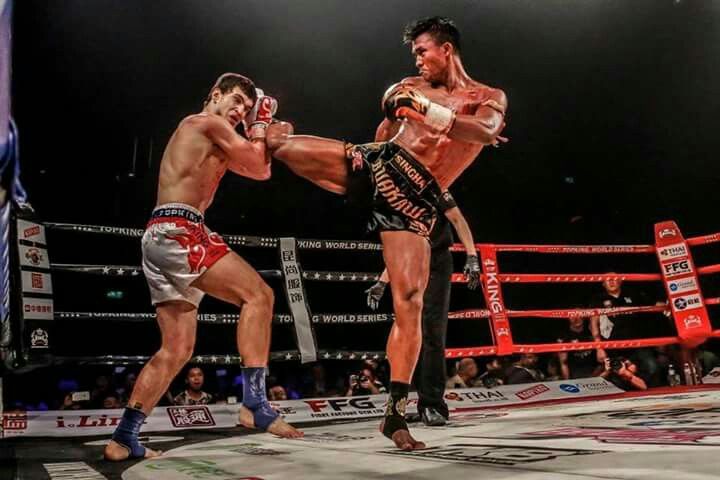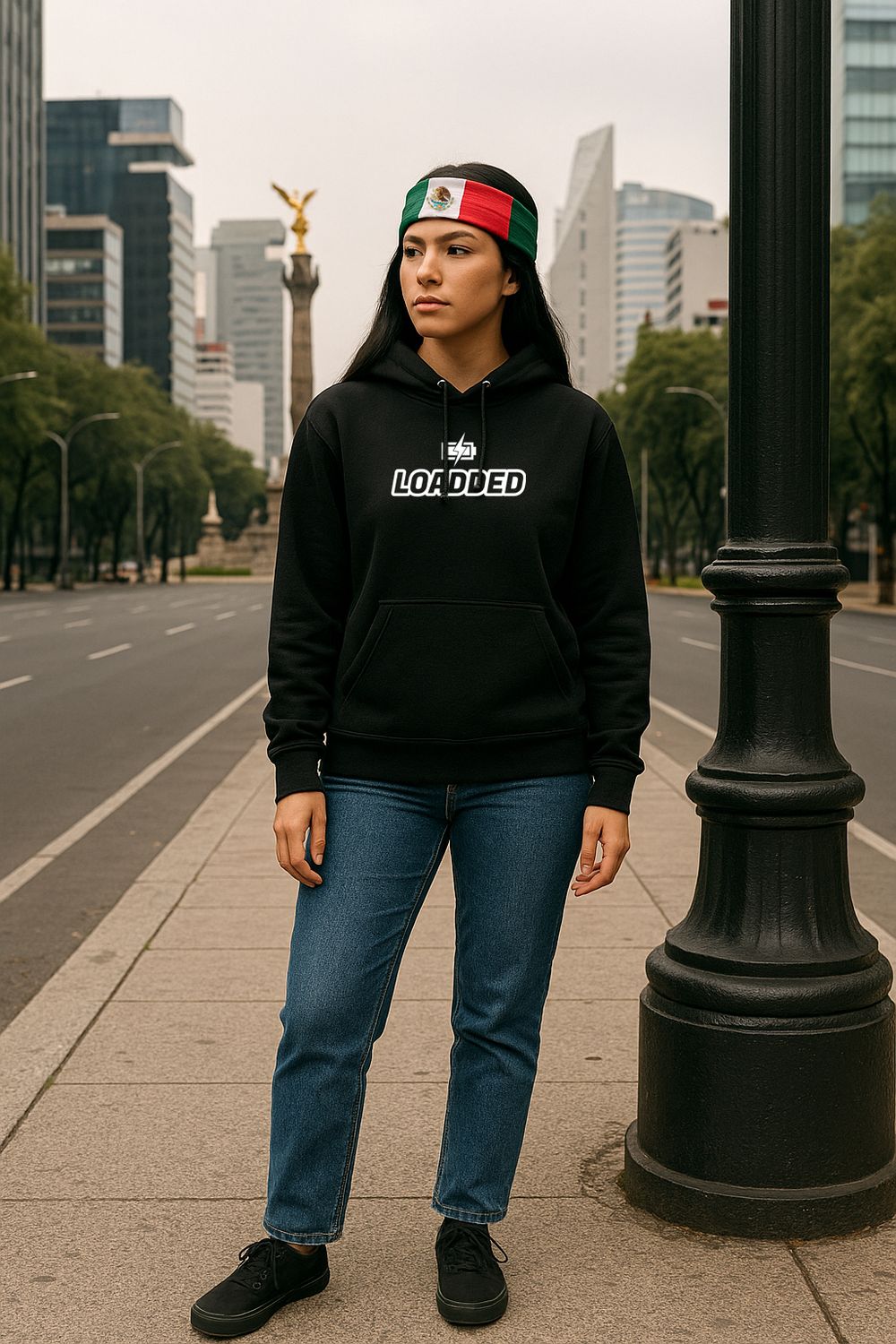Buakaw Banchamek: Muay Thai Legend Who Could Have Dominated the UFC in His Prime
Throwback Thursday: Remembering Buakaw Banchamek — The Muay Thai Machine
Few names command the same respect in combat sports as Buakaw Banchamek. To fans around the world, he isn’t just a Muay Thai fighter — he’s the man who brought the art of eight limbs to global recognition. With his thunderous kicks, lightning-fast teeps, and unmatched composure inside the ring, Buakaw became a living symbol of Thai fighting spirit and discipline.
Born Sombat Banchamek on May 8, 1982, in Surin, Thailand, Buakaw began training in Muay Thai at just eight years old. By the time most kids were learning multiplication, he was already racking up wins in local temple fights. His early promise led him to the Por. Pramuk Gym, where he honed a style that fused power, precision, and tactical brilliance.
From Thai Stadiums to World Domination
Buakaw’s international breakthrough came in 2004, when he entered the prestigious K-1 World MAX tournament in Japan. Competing against the best kickboxers in the world, the then-unknown Thai fighter shocked everyone by blasting through the field with relentless pace and heavy kicks. He captured the K-1 World MAX Championship, then repeated the feat in 2006 — cementing himself as one of the most dangerous strikers on the planet.
From there, Buakaw’s legend only grew. He collected belts and trophies across promotions: WMC, WBC Muay Thai, Thai Fight, and Toyota Marathon championships among them. His overall record exceeds 240 wins, with a staggering number of knockouts.
What made Buakaw special wasn’t just his athleticism — it was his adaptability. Whether fighting under traditional Muay Thai rules or modified kickboxing formats that restricted clinches and elbows, he always found a way to win.
A Style Built for War
Buakaw’s fight style was as iconic as his name. His weapon of choice: the low kick. Few fighters could withstand the repeated assault on their lead leg. Add to that his trademark teeps (front kicks) that kept opponents at bay, plus crisp boxing and counter timing, and you had a nearly unbeatable formula.
He combined aggression with calm precision. Buakaw never looked flustered. Even when absorbing shots, he stood tall, maintaining control with his long guard — a stance that’s become a study case for striking coaches worldwide.
Today, countless modern fighters cite Buakaw as an influence, from Thai champions to MMA strikers who integrate elements of his approach into their own game.
Could Buakaw Have Dominated the UFC in His Prime?
It’s one of the most intriguing “what if” debates in combat sports. How would Buakaw Banchamek have fared in the UFC if he had transitioned to mixed martial arts during his peak years?
In terms of striking, few UFC fighters past or present could match his timing, speed, or accuracy. Fighters like Edson Barboza, Justin Gaethje, and Rafael Fiziev — all noted strikers — would have faced a nightmare dealing with Buakaw’s low kicks and forward pressure.
His clinch work, knees, and elbows would translate well to MMA’s inside fighting. However, the biggest challenge would have been takedown defense and ground fighting. Without years of wrestling and jiu-jitsu training, Buakaw would have faced difficulties against grapplers like Islam Makhachev or Arman Tsarukyan.
That said, given his discipline and adaptability, it’s hard to imagine Buakaw not evolving. With even a year or two of MMA-specific training, he could have been a legitimate contender in the UFC’s lightweight division. His cardio, striking versatility, and mental toughness alone would make him a fan favorite — the type of fighter who walks forward, never backs down, and gives the crowd everything they paid for.
Buakaw’s Enduring Legacy
Even decades after his peak, Buakaw remains a global ambassador for Muay Thai. He runs the Banchamek Gym, mentors young fighters, and continues to compete in exhibitions that draw massive audiences. His name is synonymous with honor, perseverance, and respect — values deeply rooted in Thai martial arts culture.
He also paved the way for future generations. Fighters like Superbon, Rodtang Jitmuangnon, and Saenchai all stand on the foundation Buakaw helped build. Without his K-1 success, it’s hard to imagine Muay Thai achieving the global visibility it enjoys today.
For many fans, Buakaw isn’t just a throwback — he’s timeless. A fighter who transcended language, culture, and era to become a true icon of the sport.
Final Thoughts
As we look back this Throwback Thursday, Buakaw Banchamek represents more than just a highlight reel of knockouts — he symbolizes the evolution of striking arts worldwide. Whether in the stadiums of Thailand, the bright lights of Japan, or the hypothetical octagon of the UFC, one thing is certain: Buakaw would have given any fighter, in any era, the fight of their life.




